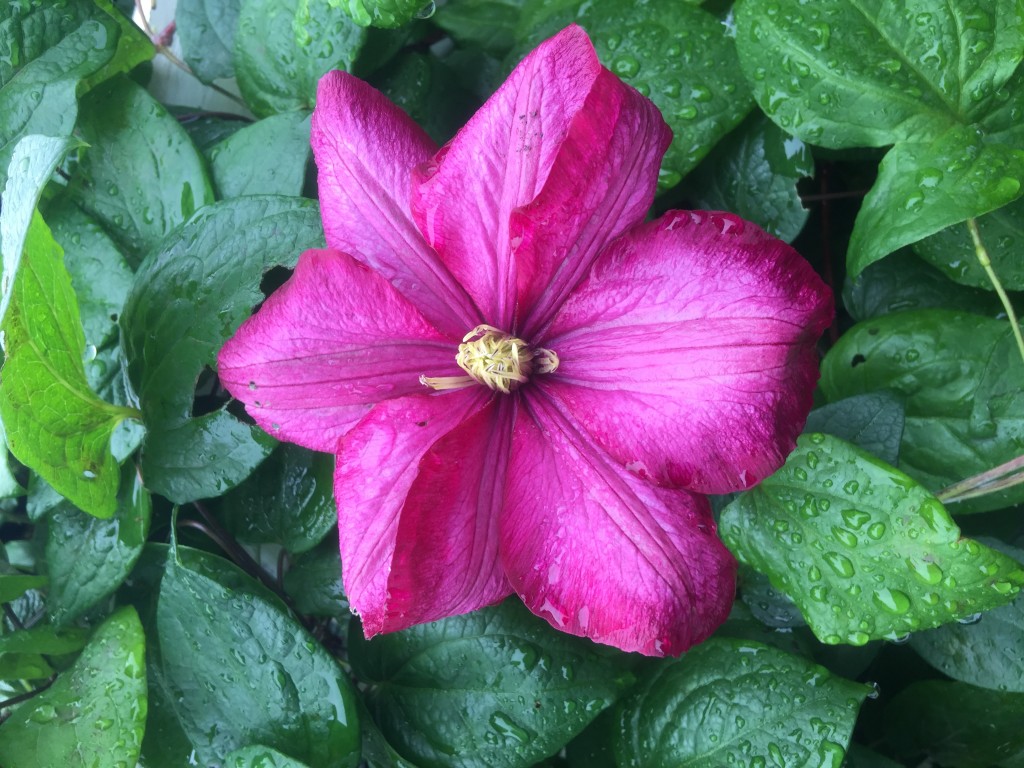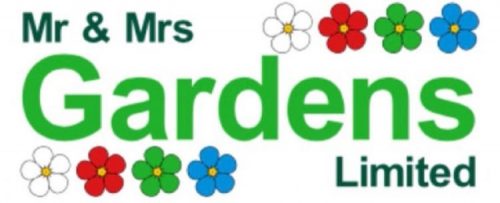The photographs on this blog were taken by us and are owned by Mr & Mrs Gardens Limited. They are not photographs from the book.
Your Wellbeing Garden – book review
I am a firm believer in the power of plants, and how a garden and gardening can improve physical and mental health. I wrote a blog about my personal experience of being very poorly and how plants and gardening contributed to my healing process. You can read that blog here: Gardening is Good For You. When I noticed Professor Alistair Griffiths (aka @BotanyRocks) had joined with others to co-author a book, ‘Your Wellbeing Garden’, I was immediately intrigued. I added it to my wish list of books I’d like to read. I purchased the book towards the end of 2020.
The book is split into 4 main sections. The Protective Garden, The Healing Garden, The Nourishing Garden, and The Sustainable Garden. The whole book is set out really well. There is a great balance between photos, illustrations, lists, text, and references. I really liked the references as it gave research authority to the theories within the text. They also enable the reader to carry out further reading if they wish.
The book is not an academic text. It is very much an informative, practical, illustrative, advisory, self-help, feel good book for everyone, that is backed up by academic research studies. The authors know their stuff, and clearly they also know how to share their depth and breadth of knowledge with others to help them learn about the power of plants and gardens. I am already a keen gardener, running a gardening business, and an advocate of ‘gardening is good for you’. However, this book took me to a whole new level of excitement and enthusiasm about how certain plants and garden design tips can make an even bigger improvement to health and wellbeing. Even before I had finished reading it I was chomping at the bit to get out in the garden, to buy new plants, to try new things, and to put into practice the suggestions contained in the book. It would be hard for any reader of this book not to feel the same. It really is a great read, and a great motivator.


A brief overview of the 4 main sections within the book:
The Protective Garden
In this section you will read about plants that are good for absorbing air and noise pollution. If you live near a busy road, and let’s face it many of us in towns and cities do, this section will open your eyes to how plants can help protect your lungs and your ears. With many new build gardens featuring no more than a boundary fence and a lawn, they are like blank canvases waiting to improve the wellbeing of their owners.
In this section there are also suggestions on how to create a low allergy garden. Some people may fear bringing plants into their garden incase this aggravates their allergies. Have no fear, there are plants that allergy sufferers can still enjoy.
Another area this section discusses is managing plant pests with companion plants, with good bugs, and with wildlife. If we want to enjoy plants we must also accept that in order for them to thrive they need to be part of something. They cannot exist in a vacuum. One lonely plant in a garden may struggle. Invite in other companion plants, including good bugs which in turn will control the bad bugs, and before you know it there will be a garden that’s also visited by nature.
The Healing Garden
This is a fantastic section. This is what many gardeners already know (i.e. gardening is good for you), but perhaps they don’t know the science behind it. This is where the reader learns about mindfulness, and how our brains are wired to be part of nature. A plant’s geometry, patterns, sequences, and symmetry are part of nature’s order. Plants are designed to attract attention. They can restore balance and harmony to an otherwise flat and straightedged human made world. When we detach ourselves from nature we are limiting our body’s ability to produce feel good chemicals.
In this section the reader also learns about the healing power of sights, sounds, colour, scent, water, birdsong, and soil. Introducing these things into our garden can lift our mood, can boost our self-esteem, and help us overcome feelings of isolation and detachment from the sterile and indoor home and office world that often surrounds us.


The Nourishing Garden
This section links the reader to back to the basics of growing food. Whether that be herbs, vegetables or fruit. You won’t find page after page of lists of vegetables to grow and how to grow them, but you will find out why giving growing a go can really make you feel good. You don’t need an allotment, and you don’t need to give up on farmers or supermarkets for a taste of The Good Life. You may be surprised just how little space you need to grow your own herbs, vegetables and fruit. The huge sense of achievement of growing something from seed to plate is likely to be disproportionately greater than the amount you actually need to grow. We should all give it a go for this reason alone.
The Sustainable Garden
This section helps the reader connect their garden and what they do with it to the wider environment. If we live somewhere where it is very hot and dry during summer, then planting for shade is important, and so is finding plants that will tolerate such conditions. The opposite applies for gardens that experience a lot of rain, and perhaps even flooding. Such gardens would need plants that can survive the wet, and the more plants that are in a garden the more water they can absorb and evaporate from the soil. This section gives us hints and tips on how to improve and future-proof the type of garden we’ve got.
The book concludes by helping the reader think about how ‘green’ our gardens really are. We all want to help nature succeed. When nature succeeds, so do we. When nature suffers, we lose out. There are suggestions to help encourage pollinators, by day and by night, and how we and our gardens play a part in an environmental jigsaw. Our gardens may only be a small piece of the jigsaw, but every piece is important.


My Summary
This is a wonderful book. The information contained within it is enough to transform gardens in towns, cities, villages and streets across the whole of the UK. I have already started to plan for changes within my own garden. I shall introduce more plants to not only help me, but also to help the environment. For anyone longing to find some inspiration to help them and others reconnect with gardening and nature, they are sure to enjoy this book. Self-esteem, mindfulness, peace, harmony, joy, positivity, and connectivity. It’s all here, and more, in Your Wellbeing Garden.
“From the moment I started reading Your Wellbeing Garden I knew this book had captured how I feel about gardening. This book is an absolute joy. It’s full of information to help us all improve our health and wellbeing through gardens and gardening, and is backed up by the science and research referred to within the text. I will be revisiting this book again and again. It’s a pleasure to own it.”

